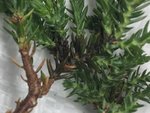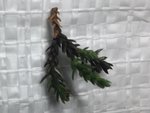Japonicus
Masterpiece
A sudden set back/rapid decline, and now disease, blight, mold IDK.
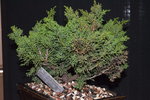
No doubt all the same thing, just started out showing up as very small tips browning.
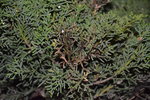

Notice the small yellowing and browning tips overall...
Potted up for the 1st time April, 5th this year roughly 3 weeks ago.
Roots looked fine and dandy. No odd odors, nor odd colours or textures.
Weather has been fantastic for a fresh repot save for a lot of shuffling due to the forecasted winds,
but some sunny to mixed clouds to heavy clouds, and rain 8 out of the last 9 days.

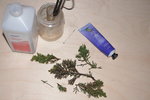

There's been no frost on the foliage, and only one or two nights has it frosted outdoors (was misted well and brought into unheated sunroom prior to frost).
I've kept my 5 new repots misted pretty well. Better than ever actually.

No doubt all the same thing, just started out showing up as very small tips browning.


Notice the small yellowing and browning tips overall...
Potted up for the 1st time April, 5th this year roughly 3 weeks ago.
Roots looked fine and dandy. No odd odors, nor odd colours or textures.
Weather has been fantastic for a fresh repot save for a lot of shuffling due to the forecasted winds,
but some sunny to mixed clouds to heavy clouds, and rain 8 out of the last 9 days.



There's been no frost on the foliage, and only one or two nights has it frosted outdoors (was misted well and brought into unheated sunroom prior to frost).
I've kept my 5 new repots misted pretty well. Better than ever actually.


